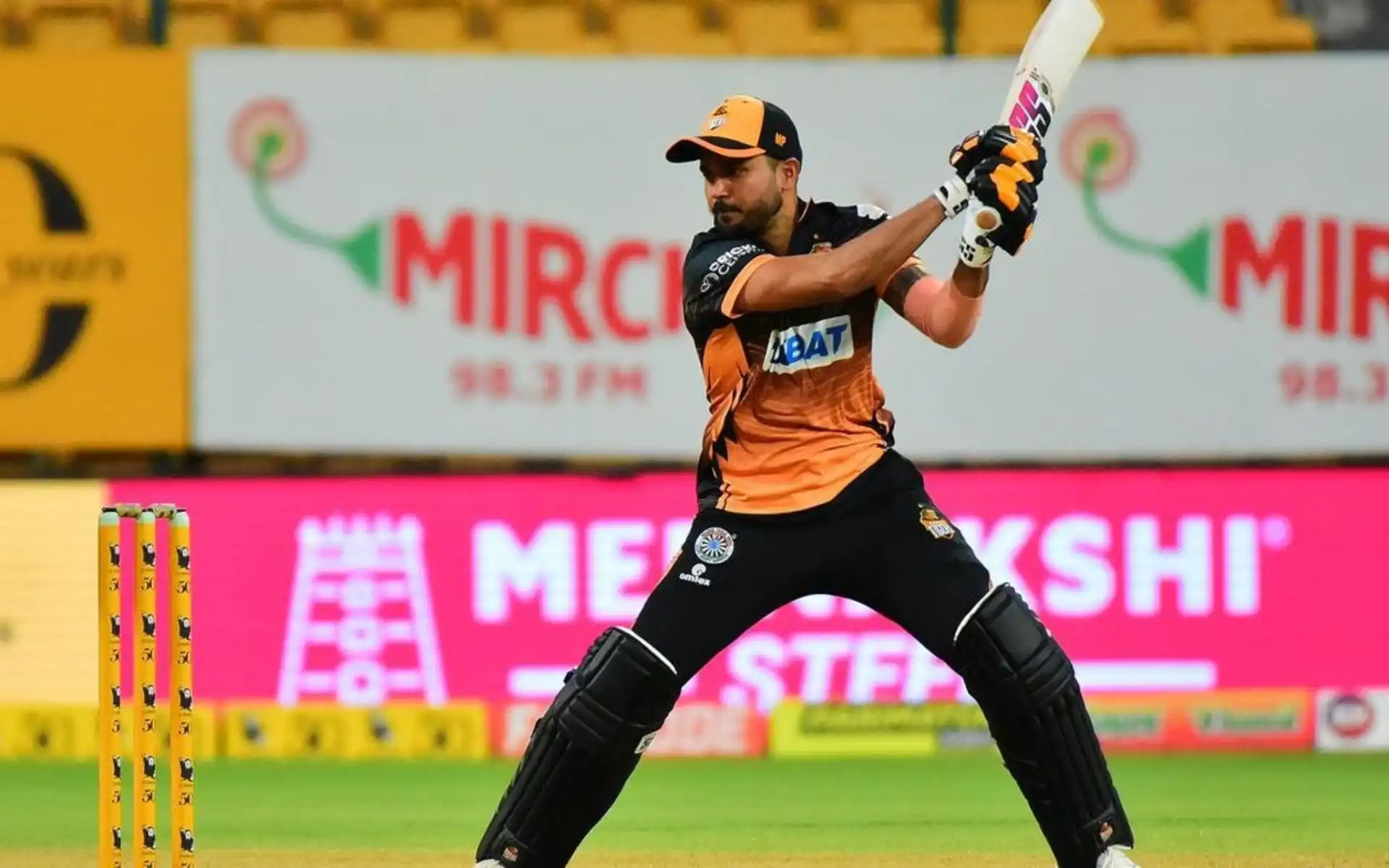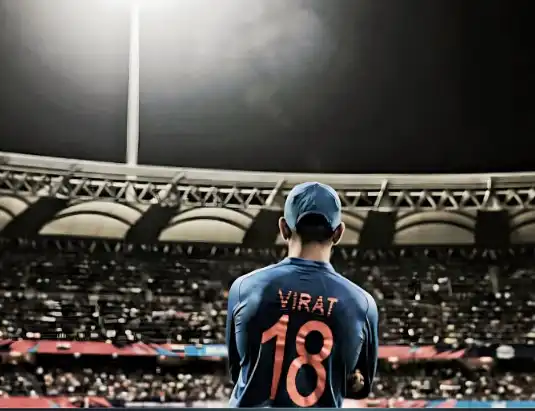.jpg?type=hq) Hubli Togers defeated Mangalore Dragons by 15 runs via VJD method (Twitter)
Hubli Togers defeated Mangalore Dragons by 15 runs via VJD method (Twitter)
In a gripping Maharaja T20 League 2024 KSCA clash on Friday, Manish Pandey led Hubli Tigers clinched a 15-run victory over Shreyas Gopal's Mangalore Dragons. The match, heavily impacted by rain, saw the V Jayadevan (VJD) method come into play.
As the game was reduced to a frantic 7-over chase with a revised target of 80 runs, the nuances of the VJD method came into sharp relief compared to the more commonly used Duckworth-Lewis-Stern (DLS) method.
What are the differences between DLS and VJD methods?
1. Calculation Basis:
- DLS Method: Developed by Frank Duckworth and Tony Lewis, later updated by Steven Stern, it relies on a mathematical formula that considers two main resources available to the batting team: the remaining overs and the number of wickets in hand. It uses a set of pre-determined tables to calculate the percentage of resources remaining.
- VJD Method: Developed by V. Jayadevan, a civil engineer from Kerala, India, the VJD method also takes into account overs left and wickets in hand but applies different weighting to these parameters. It uses a system of dynamic, nonlinear curves instead of fixed tables, which arguably allows for adjustments that better reflect the nature of the game as it progresses.
2. Adaptability to Scoring Patterns:
- DLS Method: It assumes a more linear scoring pattern unless there's a sudden and significant change, such as a loss of wickets or a shift in the overs.
- VJD Method: Particularly tailored for matches with high-scoring overs towards the end, it aims to provide a more accurate representation of the probable scores a team might achieve, especially in high-volatile phases of the game.
3. Implementation and Acceptance:
- DLS Method: Widely accepted and used globally in both international and domestic cricket. It is the standard method adopted by the International Cricket Council (ICC) for all international matches.
- VJD Method: While it has seen some adoption in Indian domestic cricket, it has not been widely accepted internationally. Proponents of the VJD method argue that it offers potentially more precise calculations under certain conditions, but it has not replaced or significantly challenged the dominance of the DLS method.
.jpg)

.jpg?type=mq)

.jpg?type=mq)
